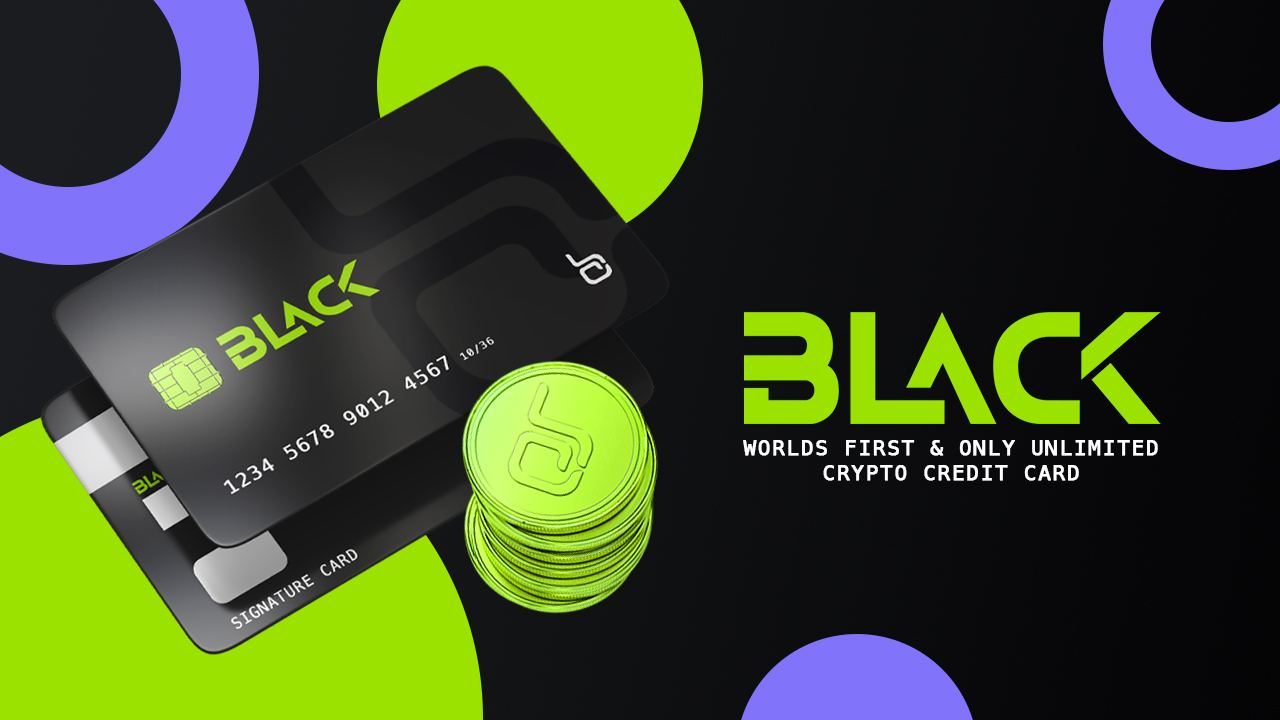2 key Ethereum price metrics give traders confidence in $ 3,800 ETH
According to the derivatives markets, ether (ETH) traders remain confident that despite the 23% correction on Jan.
The congestion on the Ethereum network also peaked on September 7th when the average transaction fee reached $ 60 and has since been over $ 17. Because of the ongoing challenges the network is facing, investors have turned to Ethereum competitors with bridging and Layer 2 capabilities. For example, Polkadot’s DOT is up 29% over the past week and Algorand’s ALGO is up 67%.
Undoubtedly, there is a drive for interoperability and Layer 2 scaling solutions to quickly respond to the explosive demand for unusable tokens (NFTs) and decentralized financial applications (DeFi).
Whether or not the Ethereum network can maintain its absolute lead seems irrelevant at the moment, as the net worth of the industry (adjusted total value key) is locked in smart contracts and went from $ 13.6 billion in December 2020 to $ 82 billion has increased today.
Regulatory fears from the US are likely to stifle investor optimism about cryptocurrencies. Legislators want to close a loophole that previously allowed investors to claim capital gains deductions, according to a document released by a House Committee on September 13. The Internal Revenue Service currently regards cryptocurrencies as assets in “laundry sales” and as such they are exempt from the 30-day withdrawal policy.

The brief test of $ 4,000 on September 3 put the derivatives markets in high gear. The 45-day non-stop rally drove the price of Ether up 130% from $ 1,735 on July 20. Meanwhile, the $ 3,200 support held in, boosting bulls confidence despite the altcoin’s 16% decline in eight days.
ETH futures data shows that bulls are still “gold up”
The quarterly ether futures are the favorites of whales and arbitrage. Due to their billing dates and price differences compared to the spot market, they can seem complicated to retailers. Their biggest advantage, however, is the lack of fluctuating funding rates.
These fixed month contracts usually trade at a slight premium to the spot market, suggesting that sellers are charging more money in order to withhold payments longer. Therefore, futures should be traded in healthy markets at an annual premium of 5 to 15%. This situation is known as “contango” and is not exclusively limited to the cryptocurrency market.

As shown above, Ether futures contracts have held a pretty decent 8% premium since Aug. 9. Aside from a brief gain of over 15% on September 7th, derivatives traders remain cautiously bullish.
To understand whether this move is specific to such instruments, one should also analyze the data from perpetual futures contracts. Although the bid (buyers) and short (sellers) prices in each futures contract are the same at all times, their leverage will be different.
As a result, the exchanges charge a funding rate to the side that uses more leverage to offset their risk, and that fee is paid to the counterparty.

The data showed that a modest fuss began to build up on September 2 and lasted for less than five days. The positive funding rate suggests that a long time ago (buyers) paid the fees, but the move appeared to be responsive to the price surge and faded when Ether crashed on September 7th.
There are currently no signs of weakness in the ether derivatives market and this can be interpreted as a bullish indicator. Investor attention continues to be focused on developments in regulation and Ethereum 2.0, which everyone believes should address the scalability issue well.
.
.












